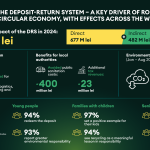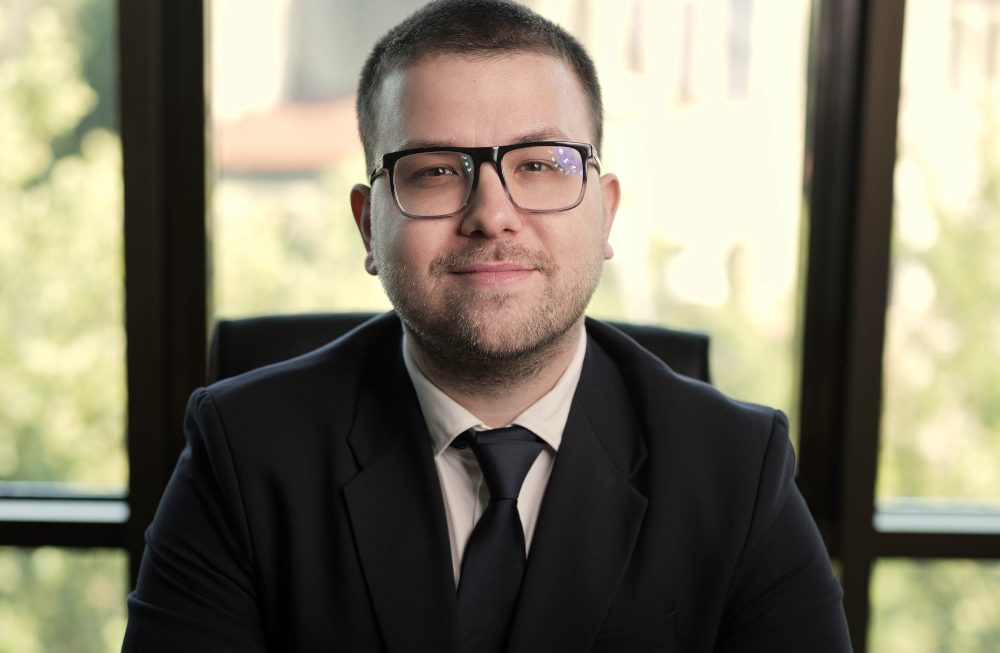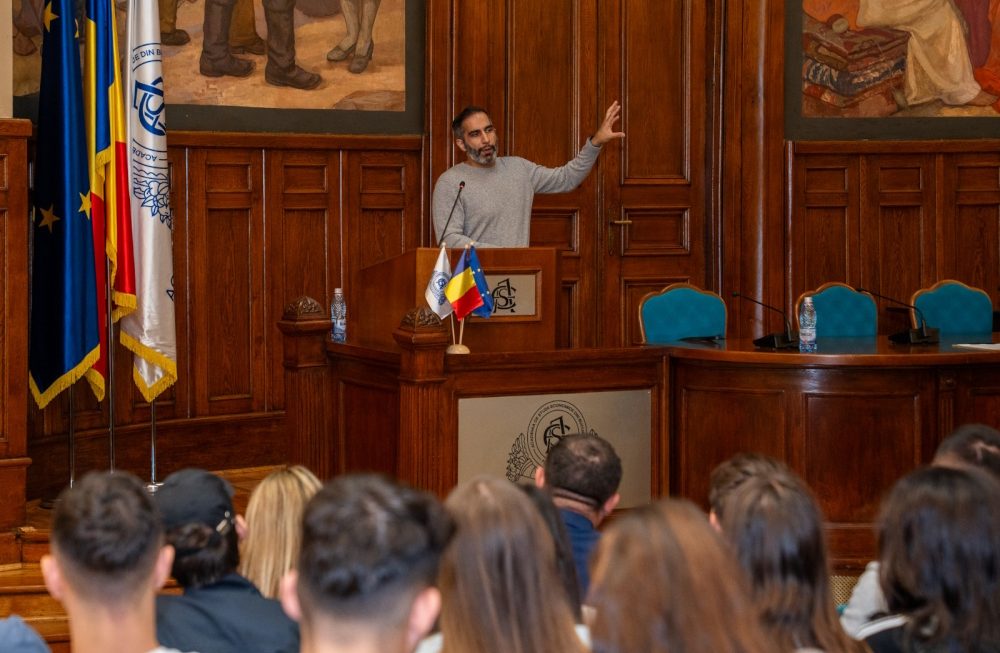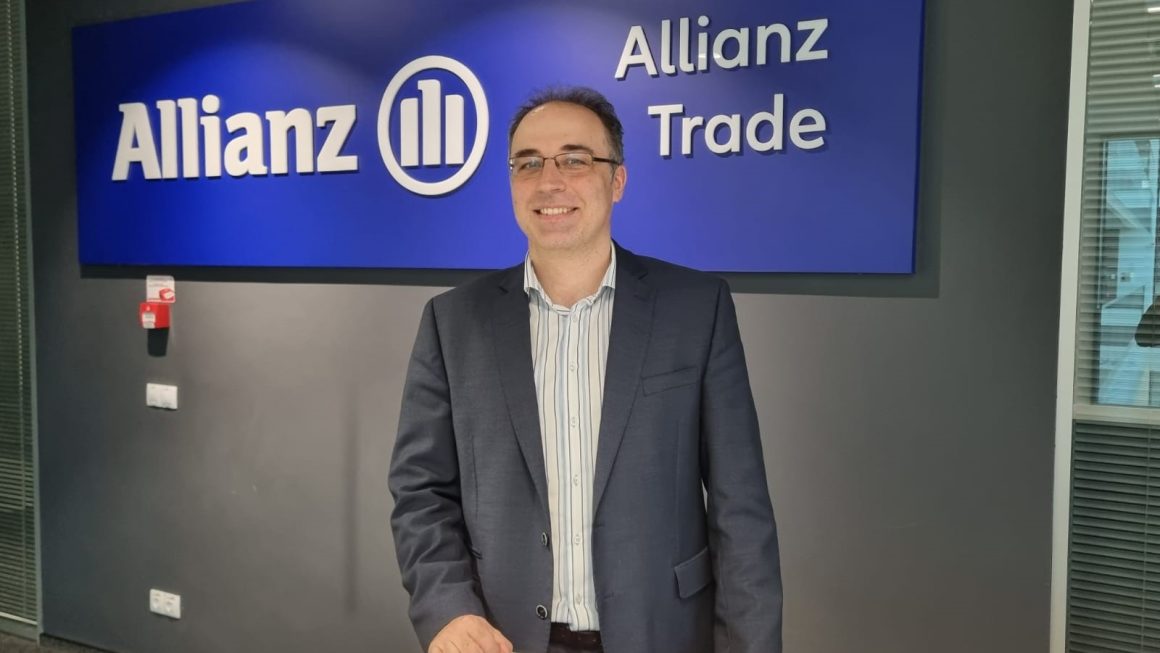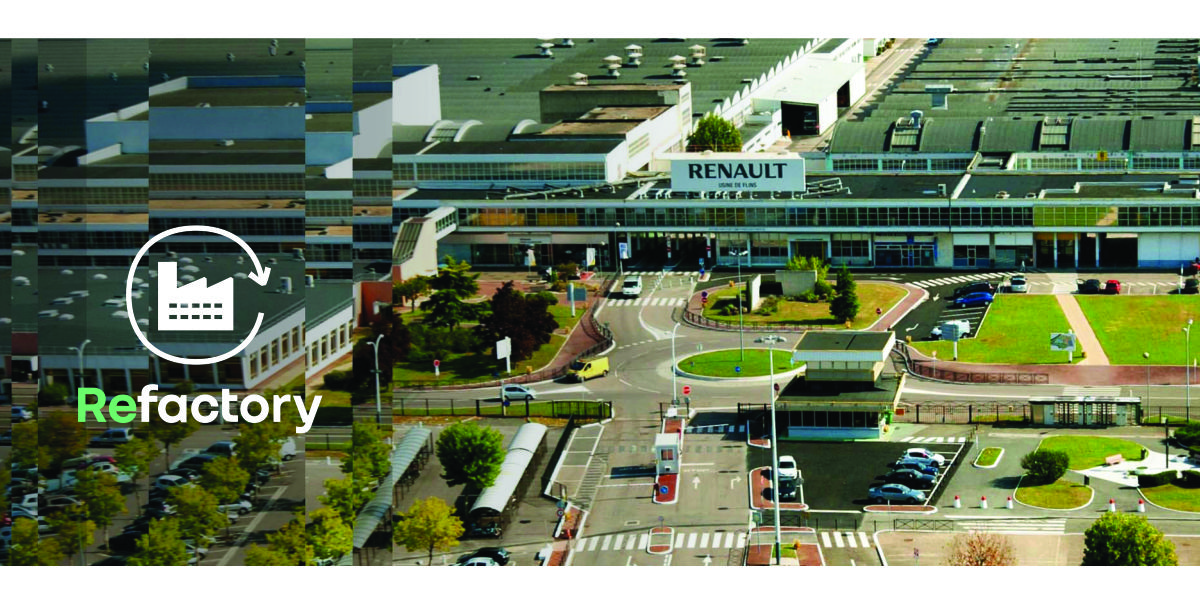
ReFactory, a new inflection for ”sustainability”
A few months ago, I took a look at what ”sustainability” means for the BMW Group. Today, the people from Renault Group caught our attention with new business directions hosted under the same umbrella of ”sustainability”.
A few months ago, I took a look at what ”sustainability” means for the BMW Group. Today, the people from Renault Group caught our attention with new business directions hosted under the same umbrella of ”sustainability”.
After a short delicate moment, caused by the impeachment of Carlos Ghosn – at that time CEO of Renault–Nissan–Mitsubishi Alliance – the members of the Alliance got down to business, and now Renault Group seems the most vocal and with a well-defined and structured vision.
At the beginning of 2021, Luca de Meo, the new Renault Group CEO, introduced Group’s new strategic plan – Renaulution. At first glance, when you hear that this plan involves a departure from the native goal of each automaker of selling as much as possible with the desire to create value, some questions arise.
In order not to leave the audience only with the echo of these questions, Renault Group already boasts an almost entirely new Dacia range, and many novelties in the Renault range. The new Renault Megane E-Tech makes its debut on the Romanian market this month, Austral will soon follow – a SUV that replaces Kadjar in the range, and 2023 will bring important news for both Dacia and Renault ranges. But is it enough?
Three of the main announced directions: strict cost control at existing divisions to increase efficiency, development of a wide range of electric models to take advantage of the rich experience in the field of electrification, and better management of the strengths within the Alliance to improve efficiency are natural directions. The fourth direction – examining of opportunities in areas such as mobility, data transfer and electricity – is a rather general formulation.
Almost two years after Renaulution’s debut, this fourth direction becomes palpable through Refactory.
The epicenter of the new direction imagined and made a reality is the Renault plant in Flins. A production facility that is also known as Pierre Lefaucheux Factory – in memory of the first Renault CEO after nationalization. It is located about 40 km from Paris, it is the largest production facility of the French manufacturer, it covers an area of 237 hectares, and it is also the oldest production facility, being opened in 1952. Until 2009, more than 16,500,000 models were manufactured here, from Renault Dauphine to Renault Clio. Since 2013, the third and the fourth generation have been manufactured here: Clio, Renault Zoe, and Nissan Micra since 2017.
Refactory is a second chance for this production facility. The project that started a year ago is now operational and we can talk about the first factory dedicated to used cars. Meaning? It is one of the steps taken to create value within the Group. Until now, everything that meant a used vehicle entering a buy-back scheme or being sold through a manufacturer’s dealer used to undergo, or not, a revamping process. But there was no standard for such used vehicles on sale. One of Refactory directions is Re-Trofit. It is a division that modernizes and refurbishes used cars according to a safety and quality standard assumed by the manufacturer, a fact that also enables provision of guarantees for the vehicle.
Obviously, the program focuses on Dacia and Renault models, but a year after its debut, Renault announced that it is also open to models produced by Toyota and Stellantis. Is sustainability compatible with keeping old models on the road? Obviously. All this process of modernization and restoration is conducted in a factory with a standardization of operations, where recycled materials are used, where the process takes much less time, which means reduced use of resources. There is already a logistics system in place to pick up used cars from dealers and bring them to the Flint facility. When the car is ready, the dealers receive notifications that they can already put the model on sale, and most frequently, when the car arrives in the dealer’s lot, it is already purchased, with the customer waiting to take it. If until now such a process of refurbishing a model at the dealer used to take 21 days, the time has been cut to 8 days. Since the start of operations, the Flint facility has modernized and restored more than 1,500 vehicles, the current reconditioning capacity being of 180 vehicles per day or 45,000 units per year, a capacity that may double in the medium term.
“We keep our promise: one year after its launch, Refactory embodies an innovative and ambitious project for the Flins factory, a new source of economic, social and environmental value. Refactory is emblematic for the Renaulution project, which engages the Group in a deep, rapid and sustainable transformation driven by value creation. At the heart of this project, our first used car factory demonstrates our ability to industrialize our business related to the circular economy. This used car factory brings us to the top level of the growing used car market with a unique industrial tool able to revamp up to 45,000 vehicles per year.” Luca de Meo, Renault Group CEO.
Renault Group signed a partnership with Phoenix Mobility, and together they offer at the Flint facility solutions to convert thermal propulsion into electric propulsion for light commercial vehicles.
Part of Refactory concept is also Re-Energy. This division deals with the creation and development of applications to give a second life to the batteries of electric vehicles. When a battery reaches 70% of its initial storage capacity, it is regarded as ending its career as a “reservoir” for the electric car. It may be recycled, or one can still take advantage of its storage capacity. The new division processed 2,000 batteries by the end of 2021, and aims to process 20,000 batteries by the end of 2030. Also at the Flint facility, Renault has created an electricity storage station using used batteries, with a storage capacity of 15 MWh, which is intended to be increased to 30 MWh. They are stations that can be tailored to customers` needs, can provide electricity on construction sites, can be used to store solar or wind energy.
Re-Energy Division will integrate at the Flint facility the business of the joint venture with Hyvia, which involves the use of hydrogen as a mobility solution. Hydrogen cells, hydrogen production stations will be assembled here. Renault already offers hydrogen fuel cell propulsion solutions for light commercial vehicles.
RE-Cycle Division centralizes the process of recycling and reusing some components and materials. It works closely with Factory VO Division, which deals with the reconditioning of used vehicles.
At the end of 2021, through Refactory program, the Flint facility created 700 jobs, and by 2030 it aims to generate 3,000 new jobs. The project has started not only in France, it is also active in Spain, at the Renault production unit in Seville.
Refactory is just at the beginning, it is a project that can mean a new life at factory standards for the oldtimers, it can mean a new “electric” life for the same old models; the possibilities of expression are extremely generous.
Constantin Ciobanu
Share
Share








